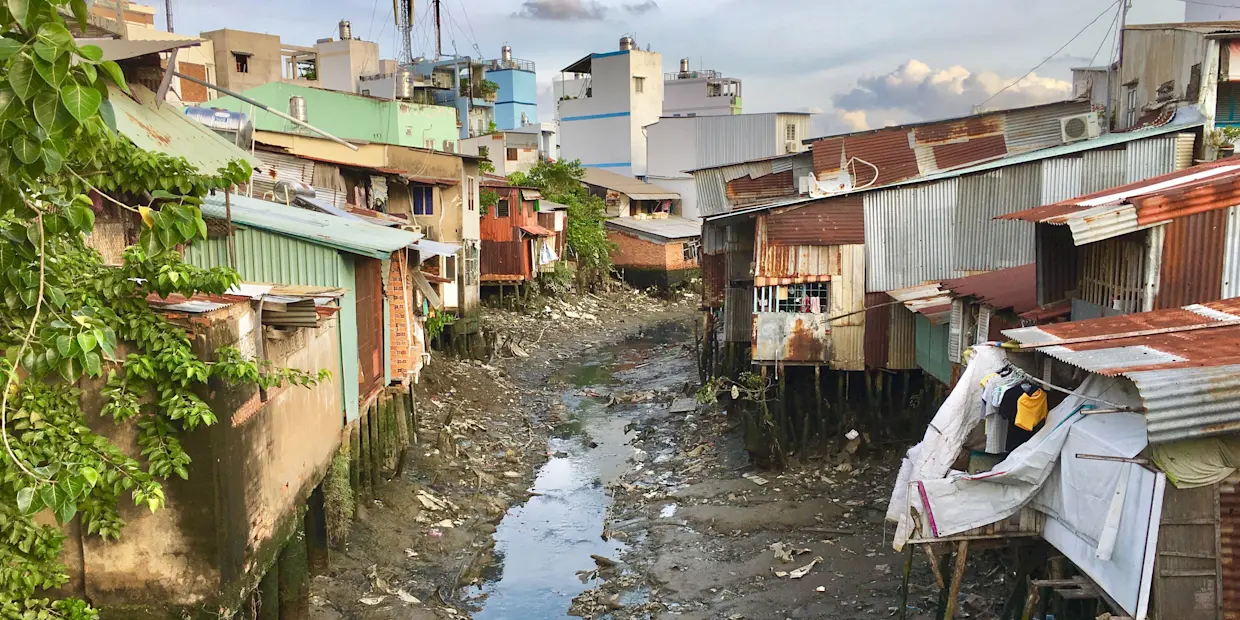A chance discovery reveals an early female oceanographer

From Katie Hafner at Scientific American: "Christine Essenberg had an unusual life and career trajectory. She was married, then divorced and earned her Ph.D. in zoology from the University of California, Berkeley, at age 41. She went on to become one of the early researchers at what is now the Scripps Institution of Oceanography. We know the story of Christine Essenberg only because of a serendipitous find. While searching in an archive jammed with the papers of male scientists, host Katie Hafner came across a slim folder, called “Folder 29,” in the back of a box at the University of California, San Diego, Library’s Special Collections & Archives. There were just eight pages inside to use as a jumping-off point to flesh out a life, which raises the question: How many other unknown women in science are out there, hidden away in boxes?"
How I became a victim of the great Zelle swimming pool scam

From Devin Friedman at Insider: "I was trying to reach Gary Kruglitz, the proprietor of Royal Palace Pools and Spas. Gary cuts a certain figure. Just a hair over 6 feet tall, wears a mustache, square wire-rimmed bifocal glasses, and thin short-sleeved dress shirts. He has an unusually high voice for a man his size, as if a Muppet crawled down his throat one night and couldn't get out again. Gary spends his days working out of his pool warehouse, in an office covered desk-to-credenza in product manuals and spa brochures and invoices produced in gold-, pink-, and white-triplicate. A man trapped in the amber of another era, the type of guy who answers his phone yellllow and says bye now when he hangs up. But at this moment, Gary was not answering his phone at all. And I was desperate to reach him, because my wife and I had paid him a deposit of $31,500 to build us a pool, and he had apparently disappeared off the face of the earth."
Who came up with the idea of a "poverty line" and why?

From Ranil Dassanayake at Asterisk magazine: "Though the concept of poverty is old, the idea of measuring it is relatively recent. For most of history, the majority of people were poor. Poverty measurement is only a practical concern when a society becomes rich enough to decide that something ought to be done about its poorest members — which in turn requires the means to locate and identify them. Measurement need not be the only approach to doing so. Indeed, before such measurement became feasible, state support for the poor in Victorian England was allocated using an “ordeal” mechanism. With limited resources and no political appetite for generous and broad-based support, the cruelty was in fact the point of the system: Only a sufficiently miserable experience of relief would encourage the poor to work, overcoming their supposed laziness and leaving only those who genuinely had no option but to appeal to charity."
Editor's note: If you like this newsletter, I'd be honoured if you would help me by contributing whatever you can via my Patreon. Thanks!
Why there are 3,500 almost identical-looking buildings in cities around the world

From George Prochnik for Cabinet magazine: "In 1940, when the building was bought as a home and office for the former leader of the Chabad Hasidism, the Rebbe’s father-in-law, Rabbi Yosef Schneerson, the Lubavitchers were a small, languishing branch of Hasidism, many of whose members were Holocaust survivors. As the possibility that the Rebbe was himself the long-awaited redeemer gained credence among his followers, the house’s symbolic lexicon multiplied accordingly. Both aspects of the Gematria’s gloss on 770 have played an inspirational role in the decision to duplicate the Rebbe’s house around the world. For, according to the Chabad Hasidim, the destiny of this house in fact involves nothing less than “the redemption from Babylon (exile), by means of the power it grants the Jewish people to accomplish their mission of transforming Babylon (i.e., lands that are not part of Israel) into the land of Israel.”
The woman who glowed at night

From Giulia Montanari at Medium: "It’s March 1934 and Anna Monaro, a patient at Pirano hospital in Italy is sound asleep. Nothing seems out of the ordinary until a fellow patient sees an intense blue flame-like light emanating from her body, strong enough to light up the entire room. Maria Gherardi, another patient in the hospital, was tossing and turning in her bed, and at some point, she can’t help but notice an intense light emanating from the bed next to hers: it doesn’t come from a bedside lamp or a flashlight, though: it seems to radiate directly from the sleeping body of her neighbor. Several nurses and a doctor witness the bizarre event, and Anna is transferred to a much larger hospital in Rome, where the perplexing phenomenon can be studied. The story of the “luminous woman” is too juicy to remain a secret for long: soon the account of Anna’s strange glow is all over Italian newspapers. The unusual tale is also picked up by the foreign press, even ending up on the pages of the New York Times."
Ancient footprints upend timeline of human arrival in North America

From Carolyn Johnson for the Washington Post: "Dozens of awe-inspiring ancient footprints left on the shores of an ice age lake have reignited a long-running debate about when the first people arrived in the Americas. Two years ago, a team of scientists came to the conclusion that human tracks sunk into the mud in White Sands National Park in New Mexico were more than 21,000 years old. The provocative finding threatened the dominant thinking on when and how people migrated into the Americas. Soon afterward, a technical debate erupted about the method used to estimate the age of the tracks, which relied on an analysis of plant seeds embedded with the footprints. Now, a study published in the journal Science confirms the initial finding with two new lines of evidence: thousands of grains of pollen and an analysis of quartz crystals."
Minecraft contains a massive virtual library full of uncensored books
From Massimo on Twitter: "There’s a massive library in Minecraft populated with uncensored articles, journals, and information from all over the world. It’s accessible worldwide and offers a unique opportunity to people in censored countries to view uncensored texts"




